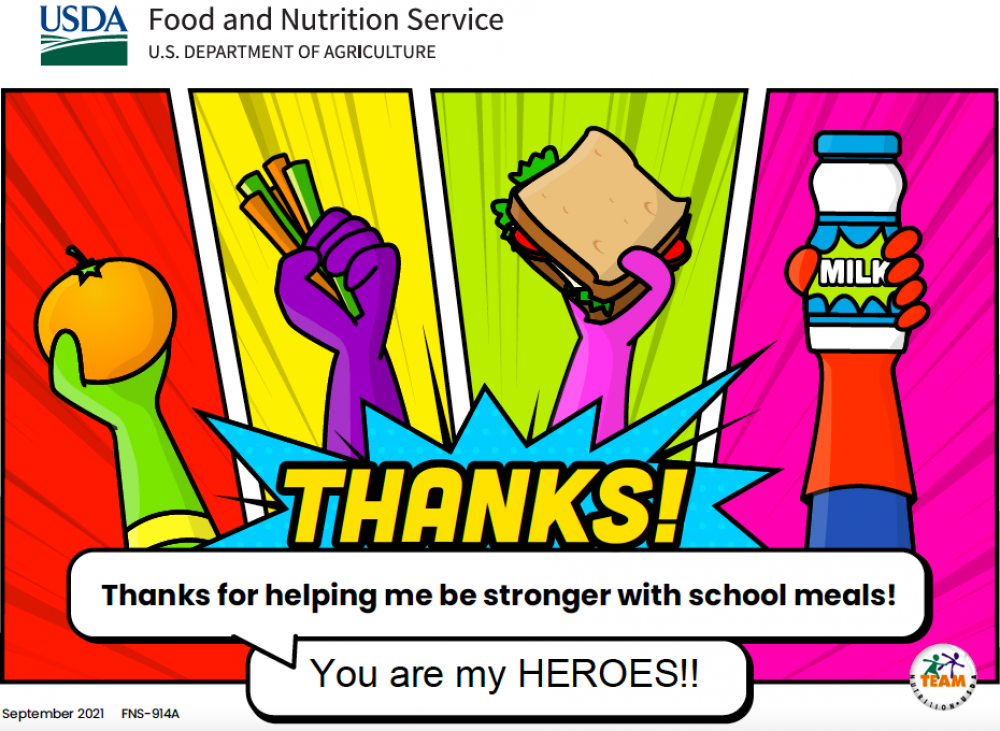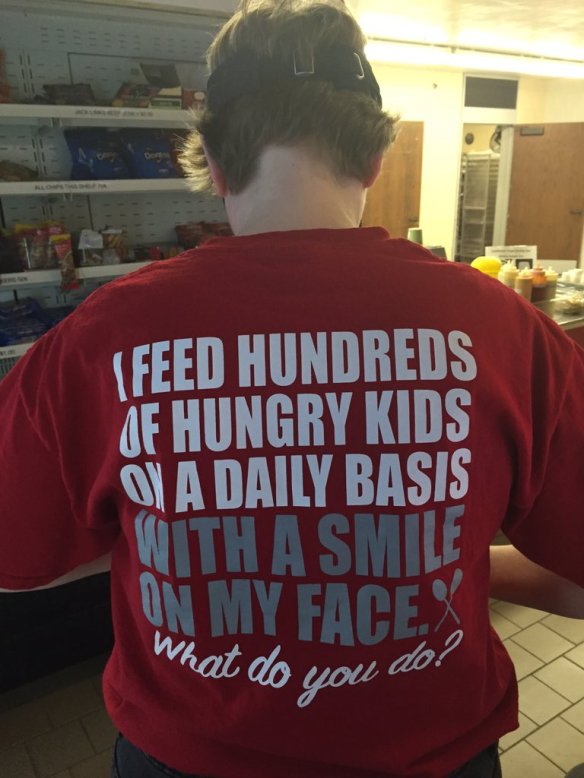When Michelle Barber (aka Dairy Mom RD) asked me to be part of an American Dairy Association Northeast campaign called #ThisIsWhyWeDairy for #JuneDairyMonth, I said yes immediately. This is a #sponsored post, but make no mistake: It is about one of the most important summer nutrition and education issues in the US. Here is why:
FREE Summer Meals are designed to fill the nutrition gaps for the millions of hungry children who are eligible for free- and reduced-priced school meals. However, according to the Food Research and Action Center … [o]nly one in seven children who ate a free or reduced-price school lunch during the 2016-2017 school year were reached by the Summer Nutrition Programs in July 2017. This means that millions of children are missing out on key nutrients they need to keep growing strong all summer long. Without nutritious fuel for their brains, they may also be susceptible to the ‘summer slide,’ the recognized decrease in student’s academic skill level when school is out.

Joey loves summer meals in Cherokee County, Georgia
This post from Cherokee County School Nutrition shows one way to make sure kids have access to FREE summer nutrition. Joey IS smart and adorable and he can enjoy free breakfast and lunches in one of 14 sites in Cherokee County School District. However, some children can’t #BeLikeJoey because they do not have a way to get to the school, church, park, or community center where FREE meals are served. The NYC Department of Education is tackling the problem with on-trend meals, colorful graphics, smartphone apps and food trucks to serve FREE breakfast and lunches at hundreds of schools, pools, parks and libraries.

New York City Goes ALL OUT for Summer Meals
What do Summer Meals look like across the US? In New York City, they serve bagels, egg sandwiches, organic cereal and New York yogurt for breakfast — with deli sandwiches, cold wraps, kid-friendly kale salads, New York apples and plenty of fresh fruits and veggies for lunch. Every FREE meal comes with refreshing milk from New York dairy farms. In Fairfax (left below) and Loudon (right below) County Schools outside Washington, DC, offerings are similar — tasty, healthy and packed with the nutrients that kids need, like calcium, vitamin D and potassium. Remember these meals are FREE to everyone 2 through 18 — no registration, no documentation, no paperwork!


Many Summer Meal sites serve much more than a FREE breakfast, lunch or supper. They also offer fun activities focused on literacy, math and other skills so that children can eat, play AND learn! It’s simple to learn about FREE Summer Meals in any location in the US: Just text 877-877 with a zip code OR address/city/state. Want to increase the meals you serve with additional activities? Check out the FREE toolkit available from Sacramento (CA) Summer Meal Collaborative and United Way at FuelYourSummer.org!
























